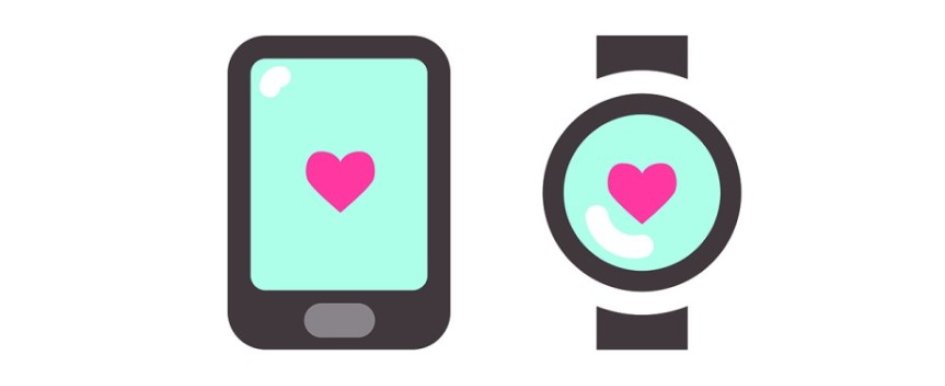
Ryne DeBoer
Vice President The Morey Corporation
Wearables on the jobsite have drastically improved worker safety, and the most prominent example I’ve seen is through sensors. Continuous advancements in sensor development have made these devices smaller than ever—something a worker can easily clip to their belt, hardhat, shoes or anywhere else.
With these sensors, construction site managers can be alerted in real time if a worker slips or falls, and even track worker fatigue, to make sure employees don’t overwork themselves to the point of exhaustion. The sensors can also help prevent injuries. For example, managers can set up geofencing to automatically alert workers when they’re entering dangerous areas.
As sensor technology in wearables becomes even further advanced, we can expect to see even more use-cases for how wearables are helping to keep construction managers and employees safe.
Dave Galbraith
Assistant Vice President, Risk Management Amerisure
Organizations that deploy wearables provide a unique opportunity to improve safety culture. Wearables provide instantaneous feedback about risky behavior, which means in-the-moment training becomes an expected part of the job. Managers can correct these risky behaviors on the spot, improving the overall safety climate on the jobsite.
When safety climate is improved, losses drop. These losses may be attributed to worker injury and the resulting workers’ compensation, as well as the loss of time through project delays. And fewer losses means the bottom line for businesses improves or, at the very least, is protected.
However, the effects of wearable use extend far beyond the jobsite—the safety climate improves; employee commitment to safety improves; and businesses have the opportunity to grow profitably and take on new work without the challenges of loss.
To submit your question, email Associate Editor Rachel Fulford at rfulford@cahabamedia.com.
